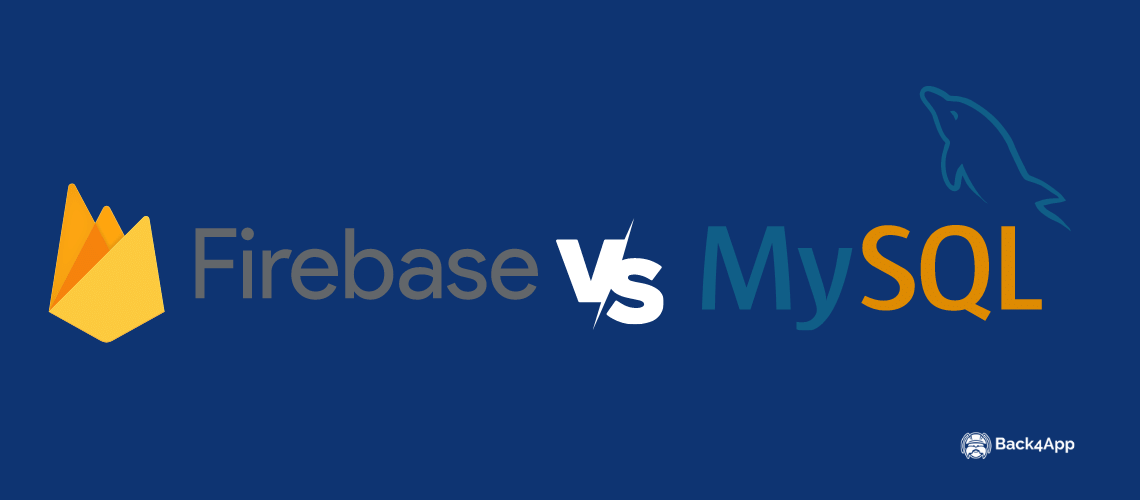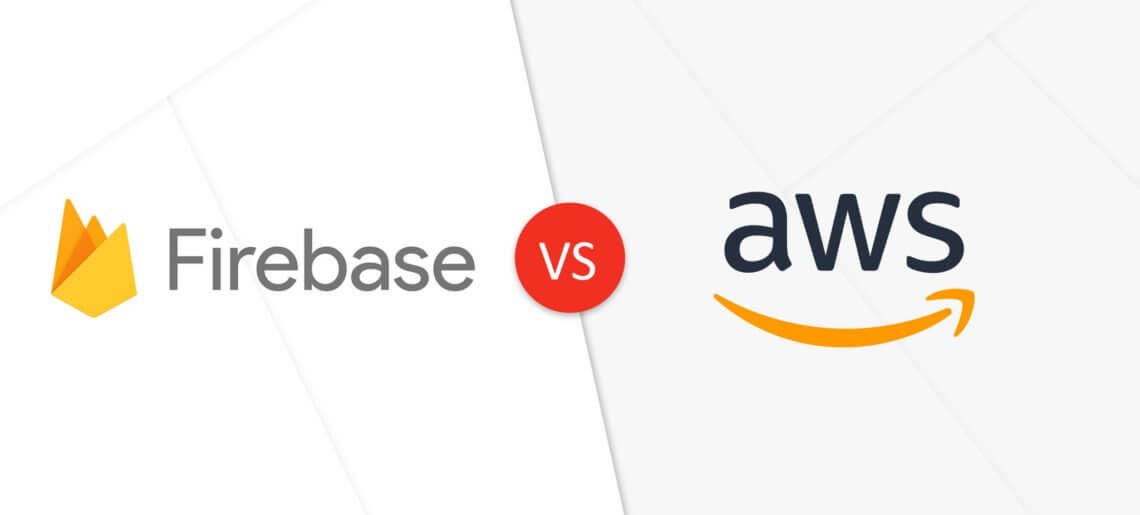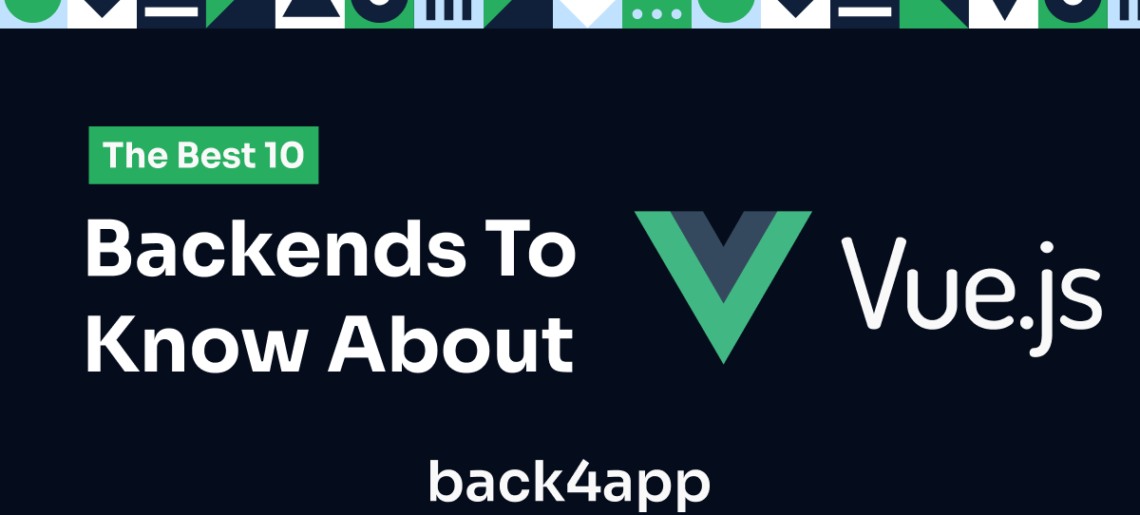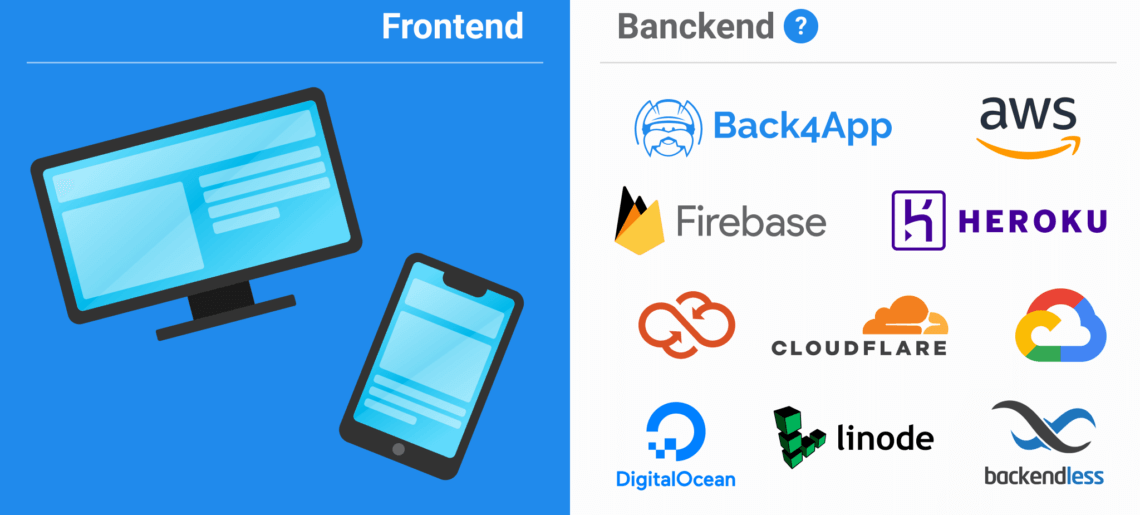Are you looking for the best backend for Flutter for your upcoming project? Or are you looking for a BaaS solution to stay concentrated on the frontend functionalities of your Flutter SDK? If yes, read this blog post without skipping a single portion.
SDKs are significant in programming because they let developers craft highly functional and complicated applications efficiently.
Indeed, software development kits or SDKs are collections of libraries, building blocks, sample code, and debuggers that are imperative to building top-grade websites and applications.
In this regard, Flutter is the finest multi-platform UI SDK that Google launched in 2017. With 160k repository stars on GitHub, this open-source library is utilized to build applications through a single codebase.
Its cross-platform nature enables dev teams to develop applications for various platforms, including Android, web, iOS, macOS, Windows, Linux, and Fuchsia.
Moreover, businesses and programmers prefer Flutter because of its fast integrations and short development cycle. According to a recent survey by Stack Overflow, Flutter has been ranked among the ten most used frameworks or libraries with 9.12% votes.
Correspondingly, BuiltWith data shows around 80k+ websites on the internet use Flutter, and 22k are only from the United States.
These figures present massive use of this SDK, but you can improve the productivity of your Flutter project with the proper backend.
So, this article will discuss the best backends for Flutter with their core credentials and pricing details. Furthermore, we will also talk about why you need a backend for Flutter.
Read MoreRead More










